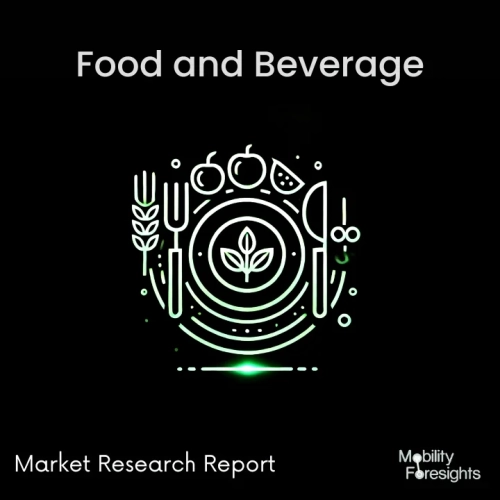
- Get in Touch with Us

Last Updated: Aug 25, 2025 | Study Period: 2025-2031
One of the most popular alcoholic drinks is beer. A beer can is a container or receptacle used for the practical consumption of beer.

Beer cans make it simple to transport beer and allow consumers to take their favourite brew home. Additionally, the market for beer cans has huge prospects for package makers due to the rise in alcoholic beverage consumption.
The shifting customer desire for a wide selection of beers with taste and flavour is the main reason for the market for beer cans to rise so quickly.Additionally, the market for beer cans will see increased demand as beer consumption rises in emerging economies like China and India.
To improve the appearance and usability of their products, beer can producers are gradually increasing their R&D expenditures. The market will be boosted throughout the projected period by beer cans' capacity to be recycled and their positive environmental impact.
Additionally, beer cans' light weight and practicality are what are driving the industry. Metal packaging formats like beer cans are seeing an increase because of government measures to reduce the use of plastic and glass in alcohol packaging.
The Global craft beer cans market accounted for $XX Billion in 2024 and is anticipated to reach $XX Billion by 2031, registering a CAGR of XX% from 2025 to 2031.
Millennial population is increasing, the market for craft beer is expanding as a result of the growing millennial population and the growing appeal of organic alcoholic beverages.
Augmentation of social media marketing increased social media marketing, an increase in female drinkers, and rising disposable income all play significant roles in determining the growth of the craft beer market over the predicted period.
Opportunity consumer lifestyle and choice changes have slowed down the market's overall growth. The industry is also anticipated to grow faster overall due to increased urbanisation and population growth.
| Sl no | Topic |
| 1 | Market Segmentation |
| 2 | Scope of the report |
| 3 | Abbreviations |
| 4 | Research Methodology |
| 5 | Executive Summary |
| 6 | Introduction |
| 7 | Insights from Industry stakeholders |
| 8 | Cost breakdown of Product by sub-components and average profit margin |
| 9 | Disruptive innovation in the Industry |
| 10 | Technology trends in the Industry |
| 11 | Consumer trends in the industry |
| 12 | Recent Production Milestones |
| 13 | Component Manufacturing in US, EU and China |
| 14 | COVID-19 impact on overall market |
| 15 | COVID-19 impact on Production of components |
| 16 | COVID-19 impact on Point of sale |
| 17 | Market Segmentation, Dynamics and Forecast by Geography, 2025-2031 |
| 18 | Market Segmentation, Dynamics and Forecast by Product Type, 2025-2031 |
| 19 | Market Segmentation, Dynamics and Forecast by Application, 2025-2031 |
| 20 | Market Segmentation, Dynamics and Forecast by End use, 2025-2031 |
| 21 | Product installation rate by OEM, 2024 |
| 22 | Incline/Decline in Average B-2-B selling price in past 5 years |
| 23 | Competition from substitute products |
| 24 | Gross margin and average profitability of suppliers |
| 25 | New product development in past 12 months |
| 26 | M&A in past 12 months |
| 27 | Growth strategy of leading players |
| 28 | Market share of vendors, 2024 |
| 29 | Company Profiles |
| 30 | Unmet needs and opportunity for new suppliers |
| 31 | Conclusion |
| 32 | Appendix |